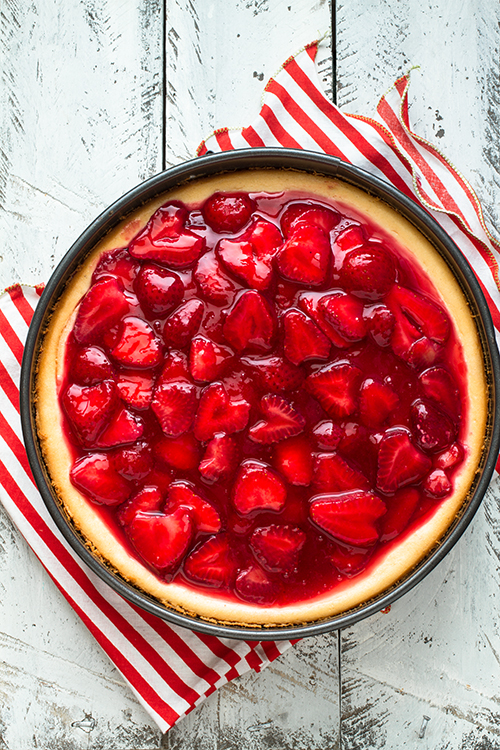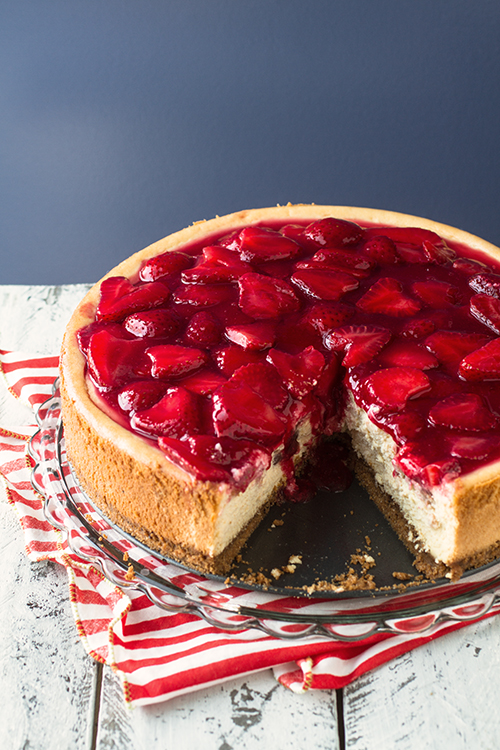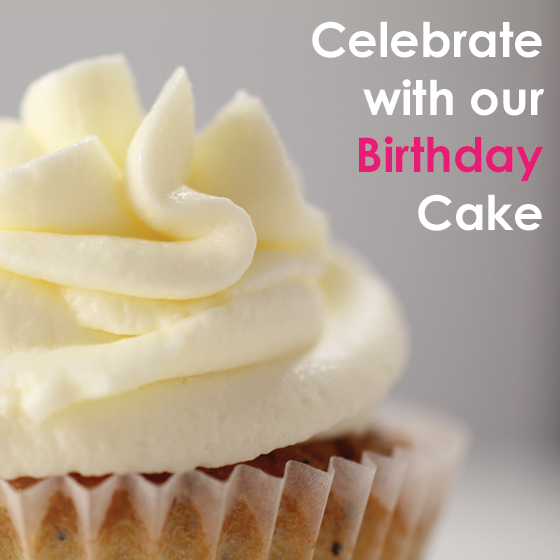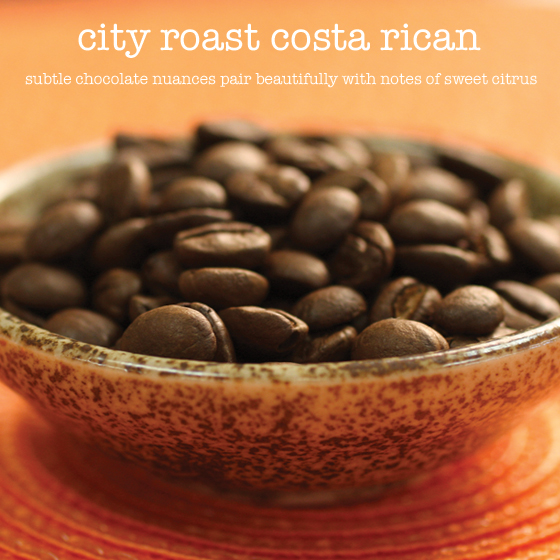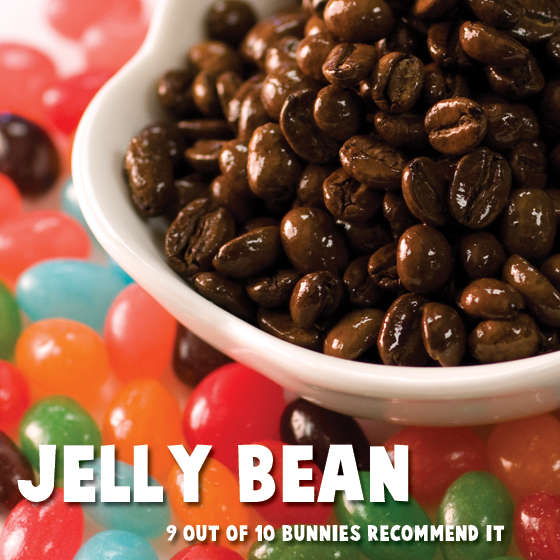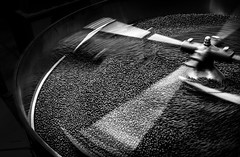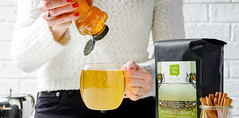Strawberry Wave Cheesecake: The recipe behind the flavor
Monday, August 11th, 2014 by Andrew
Like long days lounging at the Jersey shore, enjoying buckets of fried seafood and spectacular people-watching, Strawberry Wave Cheesecake coffee is a seasonal delight you won’t find anywhere else. Inspired by the glorious cake below — baked by our shipping supervisor Lori — it’s here for only a short, sweet time, so enjoy it while it lasts!
Cheesecake may not be the first dessert that comes to mind if you’re in the mood for something light, but this recipe, adapted from a letter published in a 1962 issue of Gourmet magazine, promises to be just that — for 1962 anyway. The original recipe, titled “Mrs. Davis’ Unsinkable Cheesecake”, was named for the creator’s unsinkable determination to create a fluffier, less disastrously caloric version of the classic dessert.
Ingredients
1 1/2 lb cream cheese
14-oz can sweetened condensed milk
4 large egg yolks
1 cup sour cream
1 tablespoon Confectioners sugar
1 teaspoon vanilla
1 teaspoon orange or lemon zest
Strawberry jam
For the topping:
2 pints fresh strawberries
3-6 tablespoons granulated sugar
1/2 tablespoon fresh lemon juice
Directions
1. Beat together the cream cheese and sweetened condensed milk. While beating, add the egg yolks one at a time and beat until very smooth.
2. Add the sour cream, Confectioners sugar, vanilla, and citrus zest.
3. In a separate bowl, beat 4 egg whites with 1/2 t salt until stiff. Fold into the cheese mixture.
4. Pour batter into a 10-inch springform pan lined with a cookie or crumb crust.
5. Drop spoonfuls of strawberry jam into the batter and cut through the jam and batter with a knife to create a swirl effect.
6. Bake at 275 degrees for 1 hour. Turn off the heat and let sit (door closed) for 45 minutes or more. The cake should cool completely in the oven. Remove from the pan when cold.
7. For the topping, mix 2 pints of fresh strawberries, sliced, with 3-6 T granulated sugar and 1/2 T fresh lemon juice. Serve on the side if you’re proud of your swirling knife work or just smother the whole thing in gorgeous juicy berries.
Like long days lounging at the Jersey shore, enjoying buckets of fried seafood and spectacular people-watching, Strawberry Wave Cheesecake coffee is a seasonal delight you won’t find anywhere else. Inspired by the glorious cake below — baked by our shipping supervisor Lori — it’s here for only a short, sweet time, so enjoy it while it lasts!
Cheesecake may not be the first dessert that comes to mind if you’re in the mood for something light, but this recipe, adapted from a letter published in a 1962 issue of Gourmet magazine, promises to be just that — for 1962 anyway. The original recipe, titled “Mrs. Davis’ Unsinkable Cheesecake”, was named for the creator’s unsinkable determination to create a fluffier, less disastrously caloric version of the classic dessert.
Ingredients
1 1/2 lb cream cheese
14-oz can sweetened condensed milk
4 large egg yolks
1 cup sour cream
1 tablespoon Confectioners sugar
1 teaspoon vanilla
1 teaspoon orange or lemon zest
Strawberry jam
For the topping:
2 pints fresh strawberries
3-6 tablespoons granulated sugar
1/2 tablespoon fresh lemon juice
Directions
1. Beat together the cream cheese and sweetened condensed milk. While beating, add the egg yolks one at a time and beat until very smooth.
2. Add the sour cream, Confectioners sugar, vanilla, and citrus zest.
3. In a separate bowl, beat 4 egg whites with 1/2 t salt until stiff. Fold into the cheese mixture.
4. Pour batter into a 10-inch springform pan lined with a cookie or crumb crust.
5. Drop spoonfuls of strawberry jam into the batter and cut through the jam and batter with a knife to create a swirl effect.
6. Bake at 275 degrees for 1 hour. Turn off the heat and let sit (door closed) for 45 minutes or more. The cake should cool completely in the oven. Remove from the pan when cold.
7. For the topping, mix 2 pints of fresh strawberries, sliced, with 3-6 T granulated sugar and 1/2 T fresh lemon juice. Serve on the side if you’re proud of your swirling knife work or just smother the whole thing in gorgeous juicy berries.

